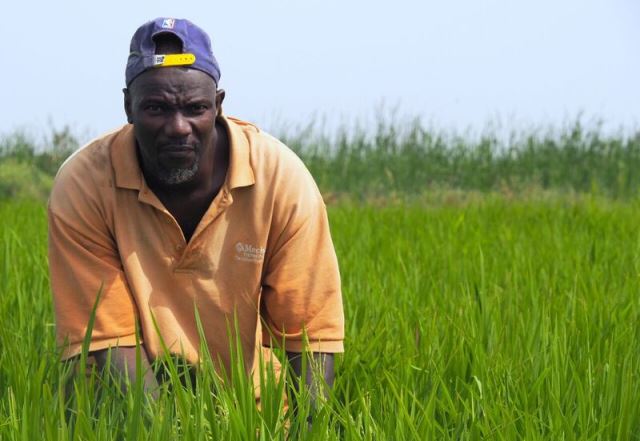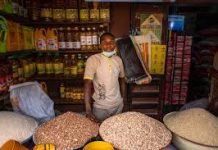In 2012, following the G8 in Camp David, USA, Syngenta (www.Syngenta.com) announced an ambitious ten-year growth plan for our African business. This year marks the midway point in our African growth journey. Syngenta wrote in the Wall Street Journal “the continent can be food-secure within a generation…a boon for business and humanity alike” (May 22, 2012). As we take stock, what have we achieved so far and where are the bottlenecks?
Tabitha Muthoni grows tomatoes in Utange, near Mombasa. There are more than 450 million smallholder farmers like her around the globe, most of whom have family farms of less than 2 hectares of land.
For farmers like Tabitha, increased productivity can make a big difference in their ability to support their families, send their children to school and continue investing in their fields.
Since 2016, Tabitha has been part of Mavuno Zaidi, a project by Syngenta and TechnoServe that tackles difficulties faced by potato and tomato farmers in Kenya, including access to inputs, training opportunities and post-harvest storage solutions. Farmers participating also get better linkages to local markets. “Before the program” Tabitha says, “I had tried out tomato farming but had little knowledge on the crop and its diseases, often visiting agrovets with picked leaves to explain the problems I was facing.” Now she makes $5,000 per season on her small tomato farm—an increase from $2,000—and has grown from 4 to 11 employees.
To date, Mavuno Zaidi, or “grow more” in Swahili, has helped Syngenta and TechnoServe reach over 25,000 farmers, returning an average productivity increase of 185% for those tomato farmers.
Reaching out to farmers like Tabitha is just one example of our Africa ambition.
Alexandra Brand, Syngenta’s Regional Director for Europe, Africa and Middle East, joining this week’s AGRF explains, “Our chief aim is supporting the inclusion of smallholder farmers into viable value-chains so that they produce more of what national and global markets want. We strive to transform farmer yields at scale and increase their profitability in a way that creates sustainable value.”
How does Syngenta do this exactly?
Alexandra summarizes: “Our expertise lays in bringing top-class technology and agronomic knowledge tailored to the needs of diverse growers. Recognizing that Syngenta cannot achieve these goals alone and that farmers require holistic solutions, we continue to invest in innovative partnerships. These collaborations must tackle such barriers faced by African farmers as access to inputs, inadequate financial solutions, limited produce aggregation, dysfunctional markets, skills and information gaps.”
But despite many collaborative efforts, progress is slow.
Moving Africa closer to the UN Sustainability Development Goal of “Zero Hunger” requires long-term commitment. Moreover, the food chain revolving around the smallholder remains too disjointed.
Alexandra elaborates: “We see AGRF as a springboard to build stronger partnerships with like-minded organizations who share our vision and who can complement our skills and expertise with their own.”
Smallholder development projects, run in partnership with industry, academia, farmer organisations, civil society and enabled by national governments and international organizations, are crucial to achieving impact at scale. We at Syngenta believe that only through creative and committed collaborations can farmers access the full suite of products and services they need to succeed.
So what kind of partnerships have been successful so far? Please check out our “Proof Points” report here (http://APO.af/A1Rwcn).














